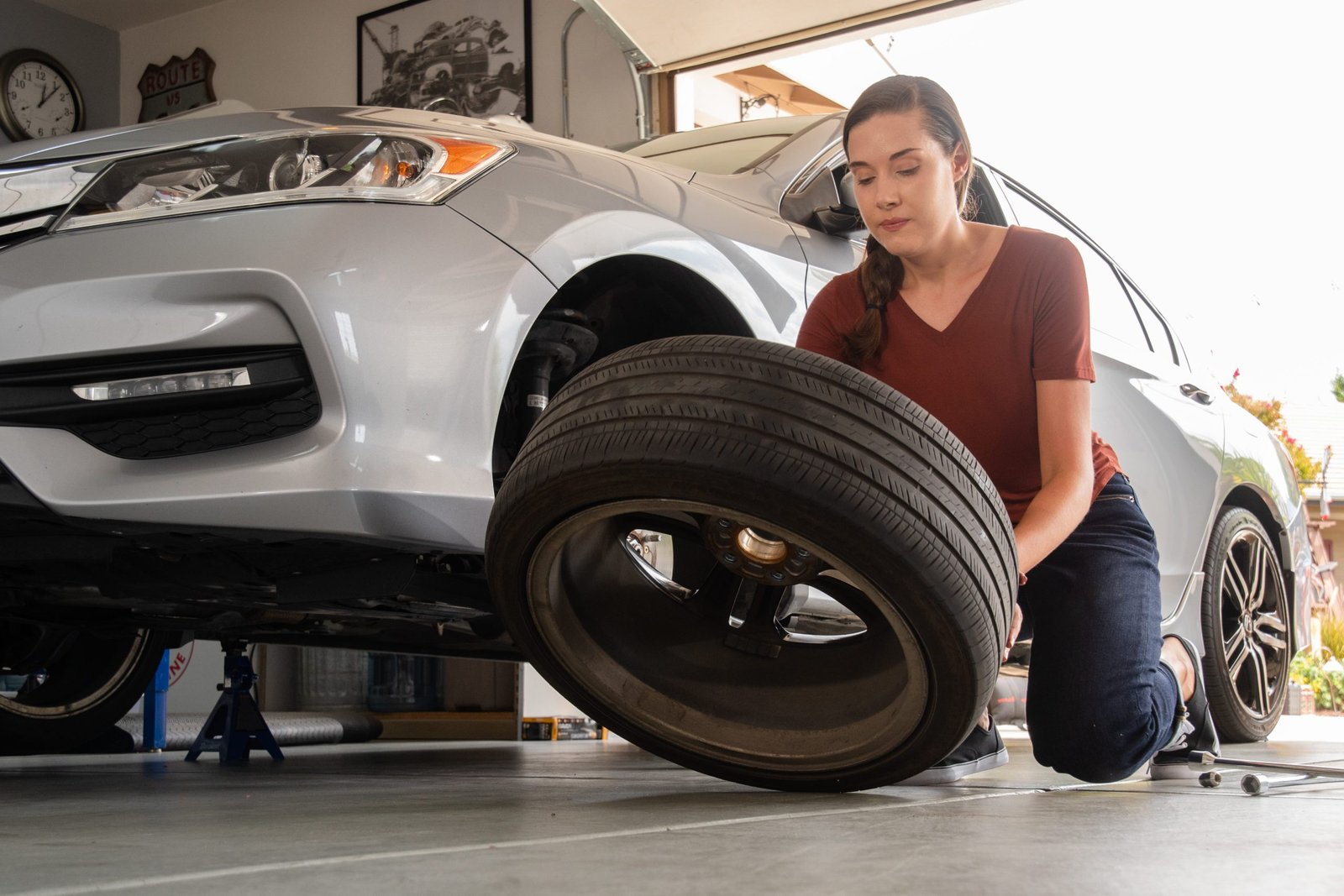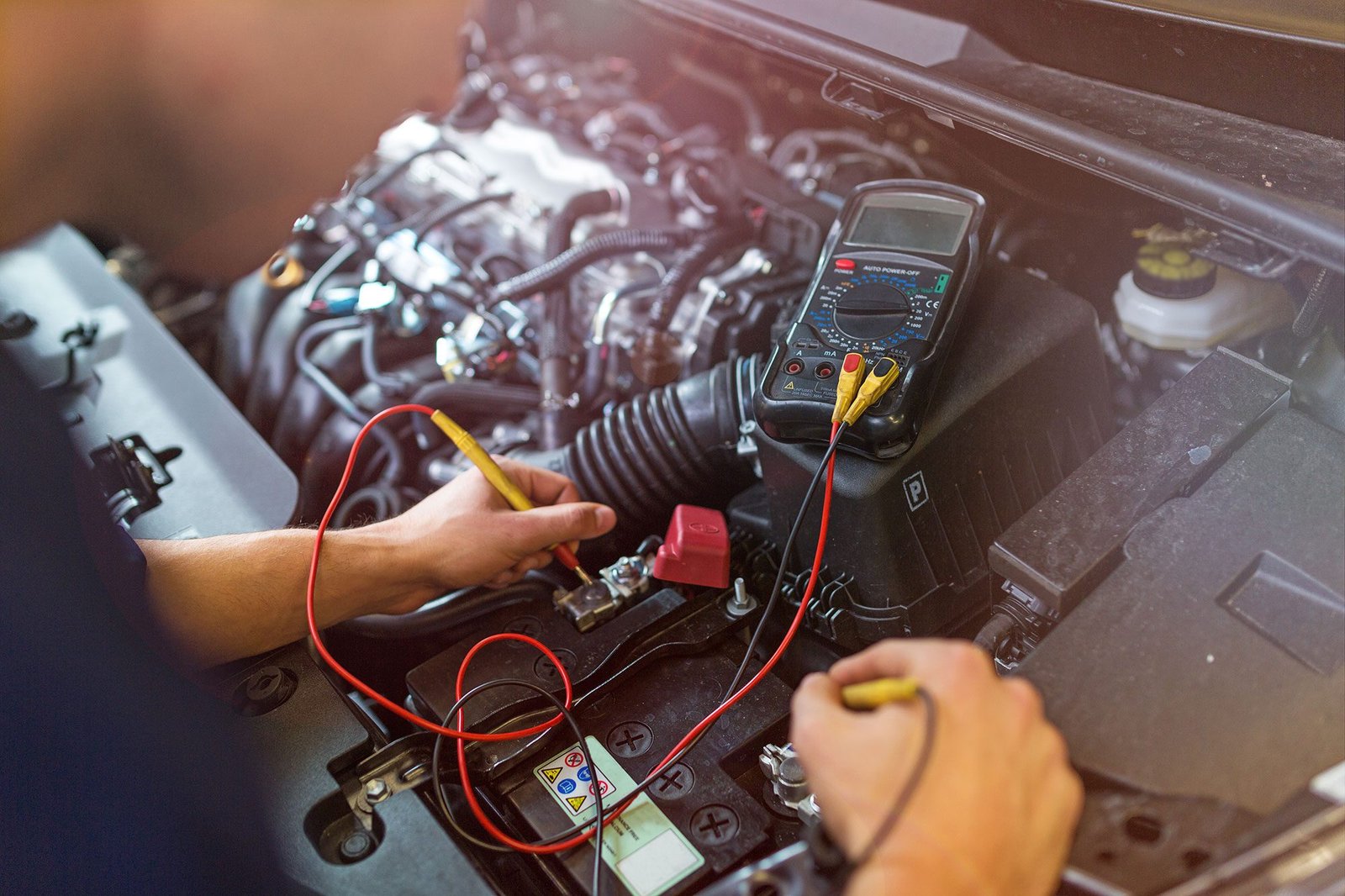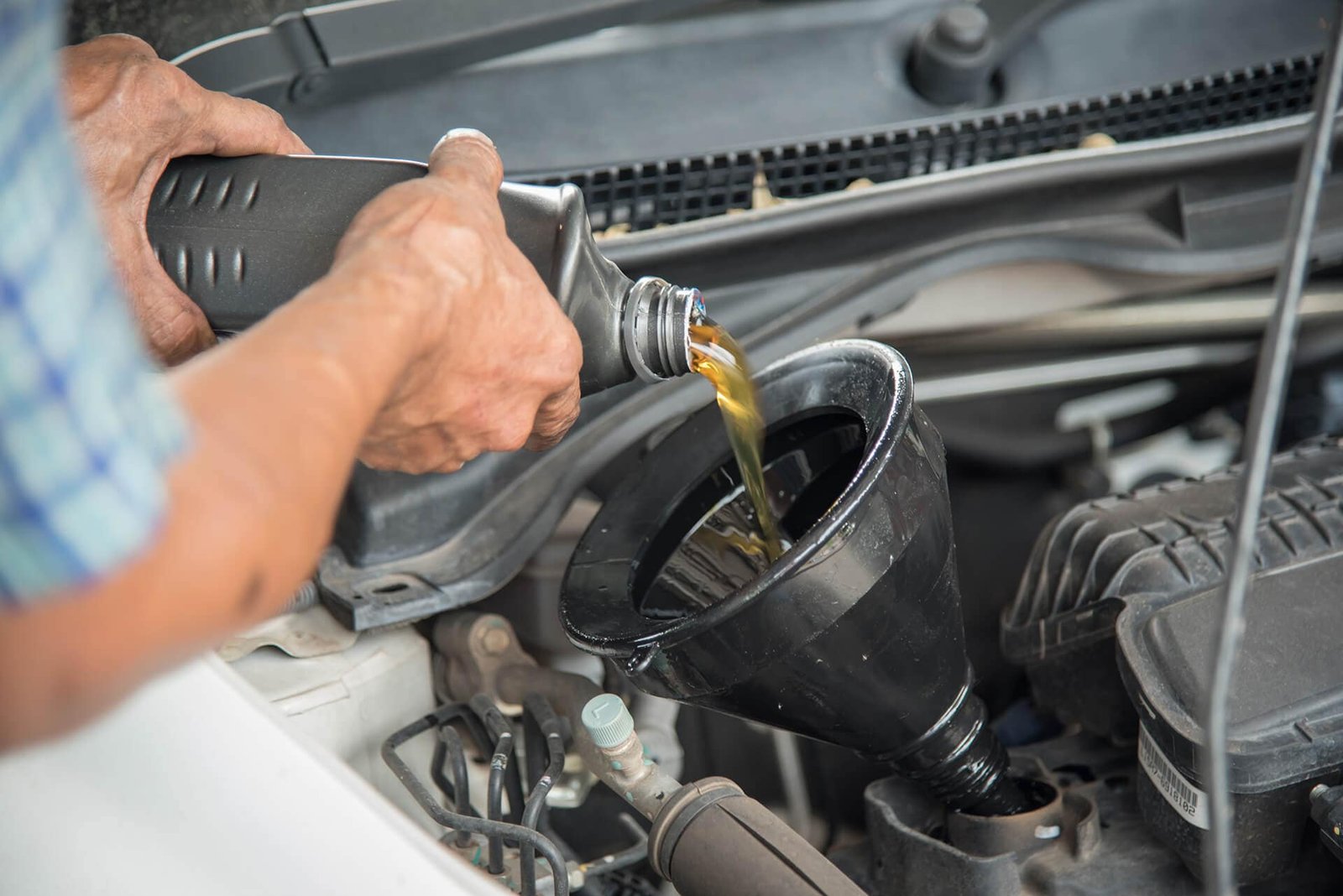Tyres are an important but often forgotten part of our cars. Tyres can last a lot longer if you take care of them and rotate them regularly. This will save you money in the long run. We’ll go over the art of do-it-yourself tyre change and give you step-by-step steps and useful tips to make your tyres last as long as possible.
How to Understand Tyre Wear
Uneven tyre wear is a problem that many car drivers have. This problem is made worse by things like imbalance, bad pricing, and bad driving habits. It’s important to rotate your tyres regularly to make sure they wear evenly. This makes driving safer and more balanced.
Tyre Rotation Do It Yourself: Step-by-Step Guide and Tools You’ll Need
Get the tools you’ll need (a car jack, a lug wrench, and jack stands) before you start rotating your tyres yourself. It is safe and easy to rotate things when you have these on hand.
Finding Patterns of Rotation
It is very important to know the right movement plan for your car. For help finding the right design, look in the instructions for your car or look for information online. Front-to-back, cross rotation, and the five-tire method are all common designs.
Safely Jacking up the Car
When moving a car, safety is the most important thing. When you jack up your car, make sure you follow the manufacturer’s instructions and use jack stands for extra support. This keeps people safe and keeps the area where the tyres are being rotated safe.
How often something rotates
To get the most out of your tyres, you should rotate them regularly. Turn your tyres over every 6,000 to 8,000 miles as a general rule. But some driving habits, like being stuck in traffic a lot or taking long trips on the highway, may mean that shifts need to happen more often.
During rotation, check the tyres.
Take the time to check your tyres for damage or holes while you’re turning them. Check the tread level and make sure all of the tyres have the right amount of air in them. With this easy check, you can find problems before they get too bad.
Advantages of Rotating Your Own Tyres
Doing your own tyre change has a lot of benefits. This practice not only saves money, but it also makes tyres last longer, saves gas, and improves the general performance of the car. Taking charge of your tyre care will save you money in the long run.
What Not to Do: Common Mistakes
When people are excited about do-it-yourself projects, they sometimes make simple mistakes. To make sure your tyre rotation works, you must avoid using the wrong rotation methods and forgetting to check the tyre balance.
Seasonal Things to Think About
Tyres have to deal with different problems during different seasons. Make the necessary changes to your shift schedule, paying extra attention to driving in the winter. By taking this proactive step, you help your tyres adapt to changing road conditions.
Putting spare tyres to use
Do not forget your extra tyre. As part of your tyre change, make sure that all of your tyres wear the same amount. You can be ready for any situation on the road by checking the extra tire’s state regularly.
Warranty and Rotating the Tyres
Think about what changing your tyres will mean for your guarantee. When you need to make a warranty claim, keeping correct records of your do-it-yourself rounds can help. If you don’t want to lose the guarantee, always do what the maker says.
Sustainable Ways to Use Tyres
To show your commitment to sustainability even more, look into eco-friendly ways to get rid of your tyres. A lot of recycling centres will take old tyres, which is good for the earth. Being responsible with tyres isn’t just for the road.
Tips and Tricks from the Pros
People who work in the automotive industry often share useful information. To get better at doing your own tyre change, look at online guides, boards, and professional tips. You can save time and avoid common mistakes by learning from people who have already done it.
Comparison of Costs
Figure out how much you’ll save by rotating your tyres yourself instead of hiring a professional. Even though you have to buy some tools up front, the long-term savings make do-it-yourself rotation a smart choice for many car drivers.
Experiences from real life
Testimonials from real users show how well do-it-yourself tyre change really works. Overcoming problems and sharing what you’ve learned makes DIY fans feel like they are part of a group, which encourages the sharing of knowledge.
In conclusion
To sum up, rotating your tyres yourself is not only a cheap way to make them last longer, it’s also a smart way to keep your car in good shape. Taking care of your tyres will make driving safer, save you money in the long run, and help your car use less gas.
Questions People Ask Often
How often should my tyres be turned?
Most experts say every 6,000 to 8,000 miles, but you should change this based on how often you drive.
Can I change the tyres without a jack?
You must have a jack to safely lift your car. Getting a good jack will make sure that the turn goes smoothly.
What will happen if I don’t turn my tyres?
In uneven tyre wear, performance may go down, gas mileage may go down, and the tyres may last less long.
Do-it-yourself tyre change works for all cars?
Many people can do their own tyre change, but check your car’s guidebook for specific instructions and things to think about.
How should I properly get rid of my old tyres?
A lot of places that recycle will take old tyres. For eco-friendly ways to get rid of trash, check with local sites.



